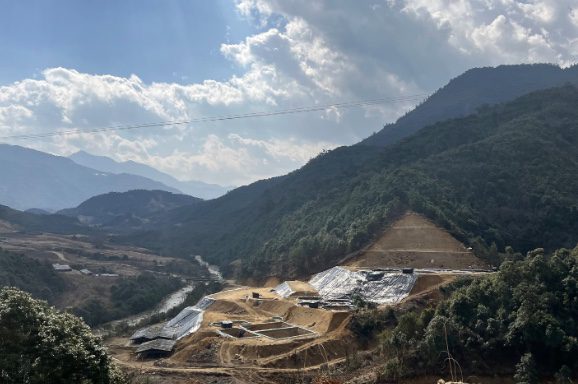
Fuelling the future, poisoning the present: Myanmar’s rare earth boom
In 2022, a Global Witness investigation revealed a shocking reality at the heart of the green energy transition. Unregulated mines in Myanmar had become an essential source of heavy rare earth elements (HREE), vital ingredients for the magnets used in electric vehicles (EV) and wind turbines worldwide.
China, which controls nearly 90% of global rare earth processing capacity, had in effect outsourced much of its extraction to Myanmar, at terrible cost to the environment and local communities. Most of the HREE from Myanmar originate from Kachin State, on the border with China. Kachin has seen a decades-long struggle between ethnic communities and the Myanmar military for greater political autonomy. After the violent military coup in 2021, the military junta has struggled to maintain territorial control due to strong opposition from the public and armed groups.
Two years after our last report, we have revisited this region’s toxic mining landscape. New trade data, satellite imagery and community testimony reveal that the world’s dependence on a remote corner of Myanmar has only deepened, and so too have the consequences for the people who live there.
Interviews with local mine workers and community members suggest that the impact on workers’ health, on the environment and on local communities continue to be devastating. One community member in the town of Chipwe said: “There are no longer fish in the waters. Stepping into the water can cause itching and infections. When the animals drink the water, they die.”
We also found that imports of heavy rare earth oxides from Myanmar to China skyrocketed from their previous highs of 19,500 tons in 2021 to reach 41,700 tonnes in 2023 – more than double China’s own quota for domestic HREE mining. Given that limited alternative sources have emerged in the meantime, this further cements Myanmar’s role as the single largest source of vital HREE.
